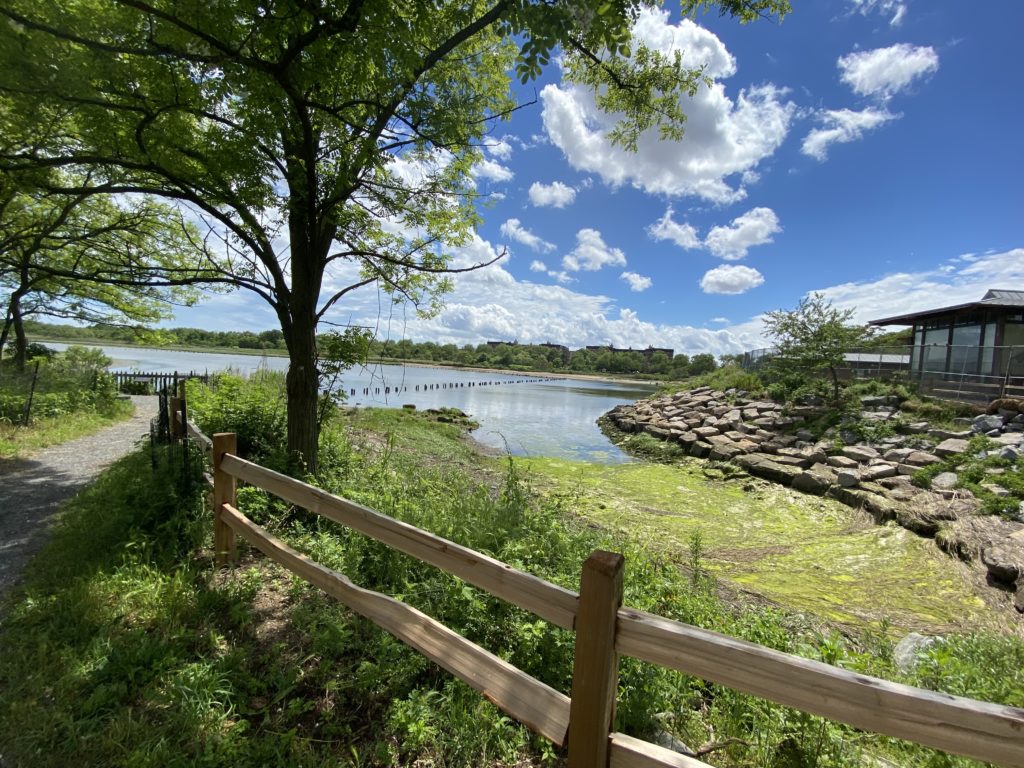Which wetlands should receive federal protection? The Supreme Court revisits a question it has struggled in the past to answer

EDITORS’ NOTE: Artificial Construction Treatment Wetlands have been proposed in north Brooklyn’s Newtown Creek to improve water quality and to prevent sewer overflow. Tunnels have been proposed to offset combined sewer flow (CSO) during heavy rainfall and wastewater, stormwater runoff, but the Wetlands’ would clean the water in the creek along as well as strengthen the borough’s aquatic infrastructure, the Eagle reported in 2020. In 2015, the historic regrowth wetlands due to conservation projects on Brooklyn’s southern coast – the Paerdegat tributary and Jamaica Bay – revitalized green spaces unseen since the onset of European colonization.
The U.S. Supreme Court opens its new session on Oct. 3, 2022, with a high-profile case that could fundamentally alter the federal government’s ability to address water pollution. Sackett v. EPA turns on a question that courts and regulators have struggled to answer for several decades: Which wetlands and bodies of water can the federal government regulate under the 1972 Clean Water Act?
Under this keystone environmental law, federal agencies take the lead in regulating water pollution, while state and local governments regulate land use. Wetlands are areas where land is wet for all or part of the year, so they straddle this division of authority.

Brooklyn Boro
View MoreNew York City’s most populous borough, Brooklyn, is home to nearly 2.6 million residents. If Brooklyn were an independent city it would be the fourth largest city in the United States. While Brooklyn has become the epitome of ‘cool and hip’ in recent years, for those that were born here, raised families here and improved communities over the years, Brooklyn has never been ‘uncool’.